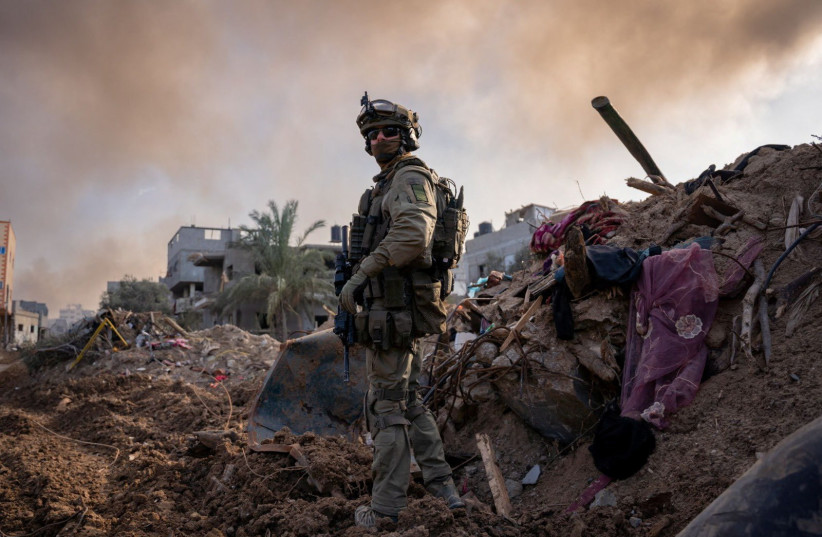The recent intensification of fighting in the Gaza Strip, with multiple attacks and casualties, highlights the challenges awaiting IDF soldiers in the conflict with Hamas. Most of the recent events occurred in the 98th Brigade's sector, which is currently the main effort for the IDF and the Southern Command in the Gaza War.
Six combat teams from the division are currently operating in the Khan Yunis area under the brigade's command. However, in the coming days, the IDF may introduce additional forces into the battle, similar to the northern Gaza Strip and the city of Gaza itself, the subterranean network of Hamas tunnels, and the openings from which terrorists emerge to target IDF forces pose the most complex operational challenge for the troops.

In addition to the main effort in Khan Yunis, the 162nd Brigade has entered the fight in the northern part of the Strip in recent weeks, in the Daraj Quarter of Gaza's Old City, where a structured cell of Hamas is still active in eastern Gaza. The cell operates near the border with Israel, influencing the area of Kfar Aza and other kibbutzim, as well as the events in Jabalya and Saja'ia, near the border. In this case, due to the proximity to Israeli settlements, the IDF will seek to strike at the terrorist infrastructure, destroy tunnels, and expose the terrain near the border where Hamas operatives operate.
Recent reports suggest IDF actions in collaboration with infantry and tanks in the Kerem Shalom crossing, but the IDF clarified that it was a mission aimed at securing the entry of humanitarian aid to the Gaza Strip and not for tunnel-related operations.
<br><br>Fighting expected to continue in northern Strip
The IDF has significantly impacted Hamas's units in the northern Gaza Strip, but the fighting is expected to continue there. The operational challenge in Khan Yunis will require the IDF, it seems, at least another month of combat, as the military seeks to significantly affect the network of Hamas tunnels. The IDF, by increasing military pressure, aims to make progress on the issue of captured soldiers, but as of now, no advancement has been recorded in this regard.
Even on Israel's northern border, it seems that Israel and Hezbollah are converging towards a limited escalation, with security analysts estimating that the current phase of the war is expected to end by mid-January until the end of the month if Israel reduces its involvement in the fighting in Gaza. The next phase is expected to involve fewer forces operating in the field, engaging in targeted raids or other focused operations. If the fighting continues in the next phase without a withdrawal from the south to the Litani River, the likelihood of a war with Hezbollah will significantly increase.
